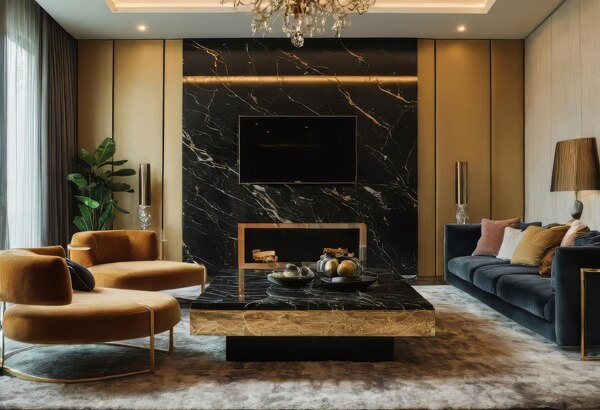Sustainable Materials in Modern Interior Design

In recent years, the design industry has shifted focus towards sustainability, recognizing its importance in preserving our planet. Interior design, a field traditionally dependent on materials that may harm the environment, has begun to embrace sustainable alternatives. Utilizing eco-friendly materials not only benefits the environment but also introduces health advantages and long-term cost savings. This article explores some of the most promising sustainable materials currently being integrated into modern interior design.
Bamboo is a rapidly renewable resource, making it an excellent choice for flooring, furniture, and decorative elements. Unlike traditional hardwoods, bamboo grows quickly and does not require replanting after harvesting. It is durable, versatile, and aesthetically pleasing, offering a warm, natural look that complements various design styles.
Reclaimed wood is another popular sustainable material. By repurposing wood from old buildings, barns, or furniture, designers can reduce demand for new lumber and minimize waste. Each piece of reclaimed wood carries a unique character and history, adding depth and authenticity to interior spaces.
Cork, harvested from the bark of cork oak trees without harming them, is a sustainable choice for flooring and wall coverings. It offers excellent sound and thermal insulation properties, along with being resilient and comfortable underfoot. Cork’s natural elasticity and anti-microbial properties make it a practical and appealing material for many applications.
Recycled metal, including aluminum, steel, and brass, is increasingly being used in interior design. By giving new life to scrap metals, designers help to lower the energy consumption and environmental impact associated with production processes. Recycled metal can be used for fixtures, hardware, and decorative elements, imparting a modern and industrial aesthetic.
Clay and adobe are traditional materials experiencing a renaissance in sustainable interior design. Adobe bricks, made from a mixture of clay, sand, and straw, are highly energy-efficient and provide excellent thermal mass, helping to regulate indoor temperatures. Clay plasters and paints are non-toxic and breathable, contributing to healthier indoor air quality.
Textiles made from organic or recycled fibers, like organic cotton, hemp, and recycled polyester, are also gaining traction. These materials reduce the environmental impact of textile production and offer a wide range of textures and colors for upholstery, drapery, and other soft furnishings.
Sustainable materials are not limited to their ecological benefits; they also promote a healthier living environment. Many traditional building materials and finishes contain volatile organic compounds (VOCs), which can off-gas harmful chemicals. Sustainable alternatives often feature low or no VOC content, ensuring better indoor air quality and reducing health risks.
Implementing sustainable materials in interior design is not just a trend; it is a necessary step towards a more responsible and eco-conscious future. As technology and innovation continue to evolve, the availability and variety of sustainable materials will expand, allowing designers to create beautiful, functional, and ethical spaces. By making informed choices, designers can contribute to the well-being of both their clients and the planet, proving that sustainability and style can go hand in hand.